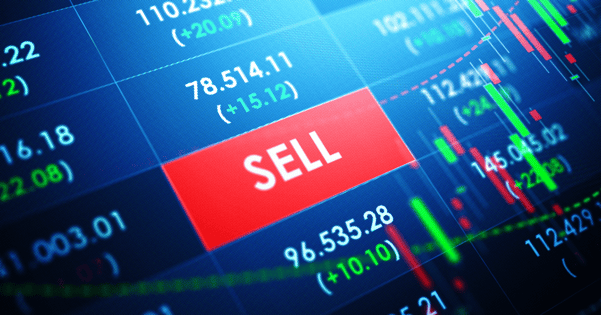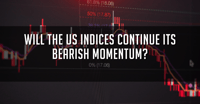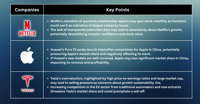The rising energy, food and services prices pushed the already-elevated US inflation to a 7.9% annual rate last month, leading to another four-decade high with oil and commodity market disruptions from the Ukraine crisis expected to add more cost pressures. This sounds like Fed is expected to accelerate tightening, but from what we learn from history, traders should just stay calm.
Higher energy prices, including gasoline price increases, helped push up the inflation reading, along with cost gains for groceries, restaurant food, transportation services and apparel. Strong demand for consumer goods and supply-chain constraints related to the Covid-19 pandemic have elevated inflation over the past year, with persistent shipping bottlenecks and shortages of supplies like semiconductors rippling across the economy.
A historically tight labour market also has pushed wages higher and led to more open jobs than workers are looking for work, leaving businesses to struggle to keep up with demand.
Economists expect additional price increases, related to the Ukraine crisis after crude-oil prices in March, hit their highest levels since 2008, and US gasoline prices reached record highs. The anticipation of the Fed’s March rate increases stirred volatility for months as investors braced for the unwinding of stimulus that helped turbocharge stocks. But history shows that stocks typically rise after the central bank starts raising interest rates.
In the five rate-hiking cycles since 1990, the S&P 500 tumbled a month after the first rate increase but typically recouped those gains to rally six months later. After one year, the S&P 500 and Nasdaq Composite were up 80% of the time. The early stages of Fed tightening should not be seen as a negative for stocks, as equities tended to make new highs after the initial volatility.
Yet some investors are not willing to cash out of the market to time a downturn. The market can go up a lot before you get into a recession. That is a lot of risks that traders are taking on. Somehow consumers have been sending mixed signals on how they feel about the economy. Economic data suggest things are not as bad as many fears.
US job growth remains strong, with the March report showing employers added 431,000 jobs, the 11th straight month with an increase of more than 400,000. That marked the longest streak in records dating back to 1939.
Investors point to other encouraging signs: Wages continue to grow. In March, average hourly earnings for employees on private nonfarm payrolls rose 5.6% from a year before. Meanwhile, American finances look healthy, which could help buoy the economy as inflation flares.
Fullerton Markets Research Team
Your Committed Trading Partner














